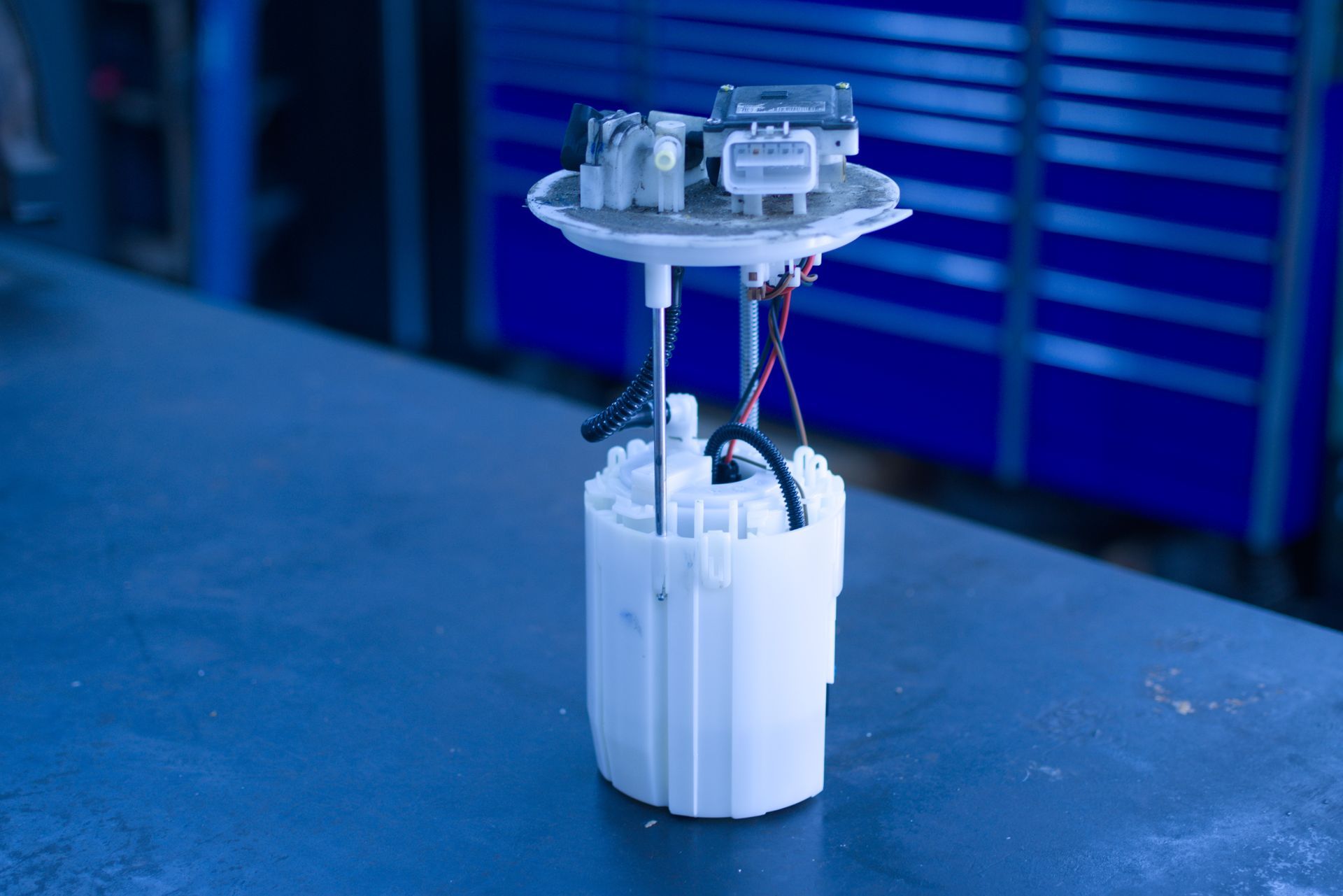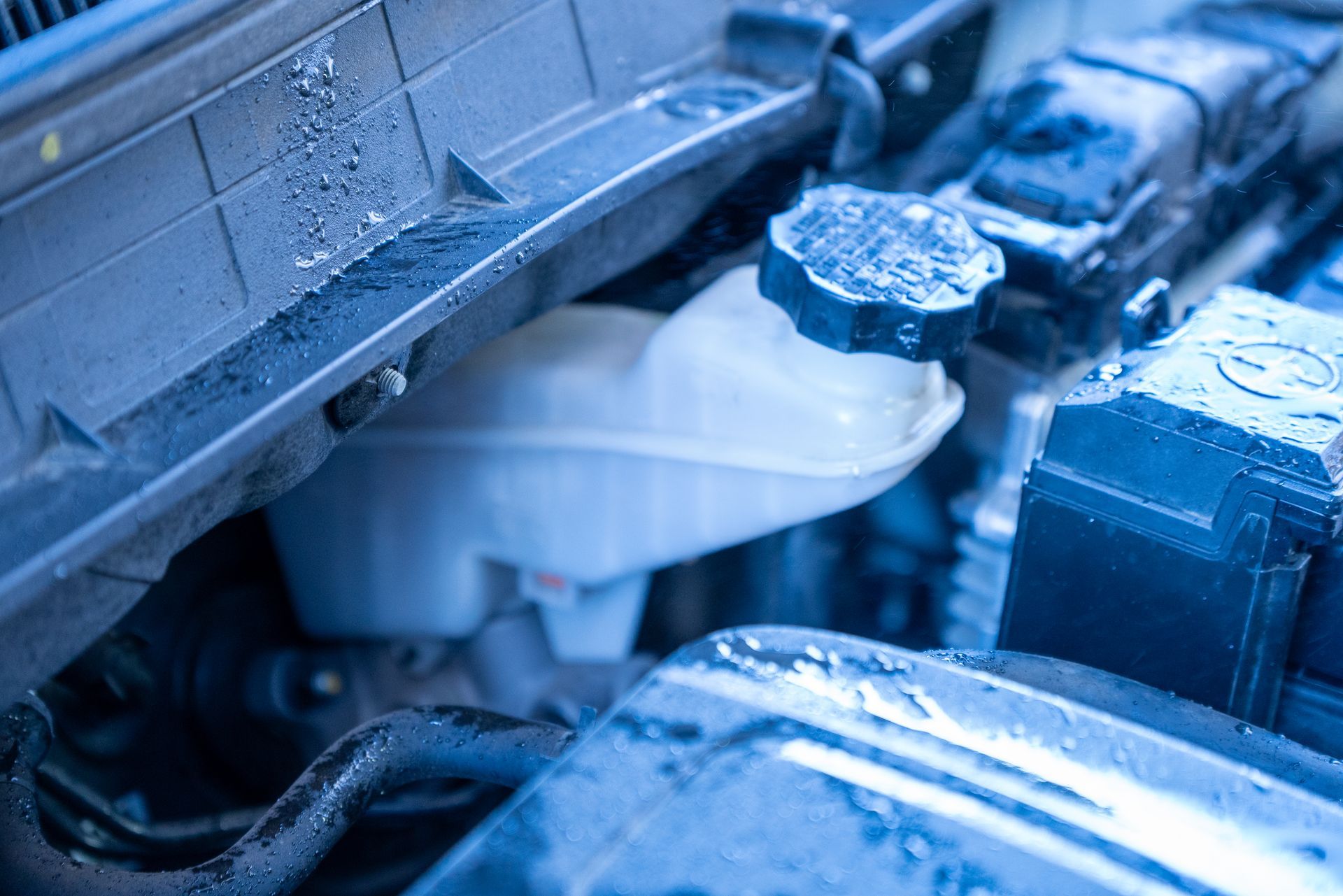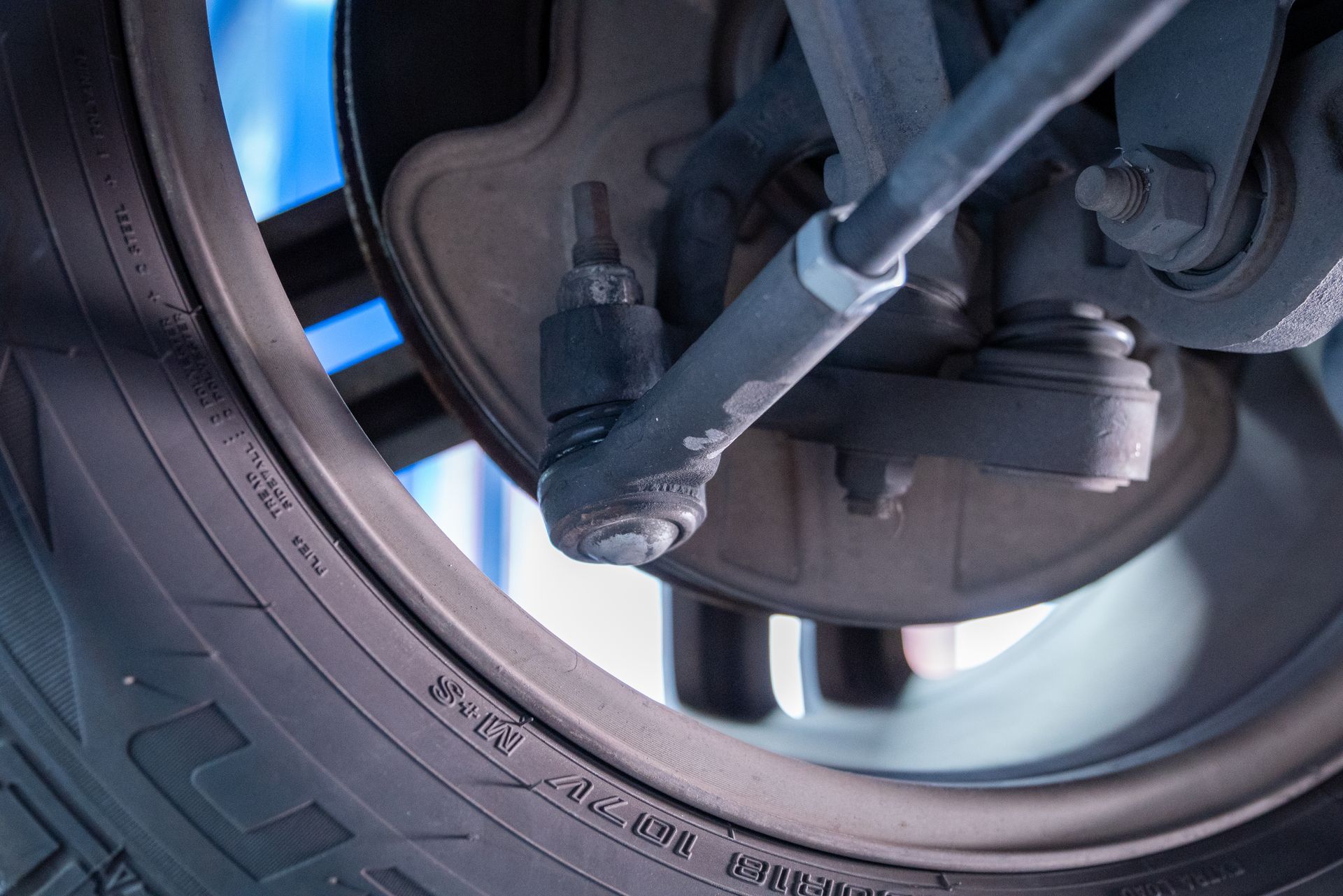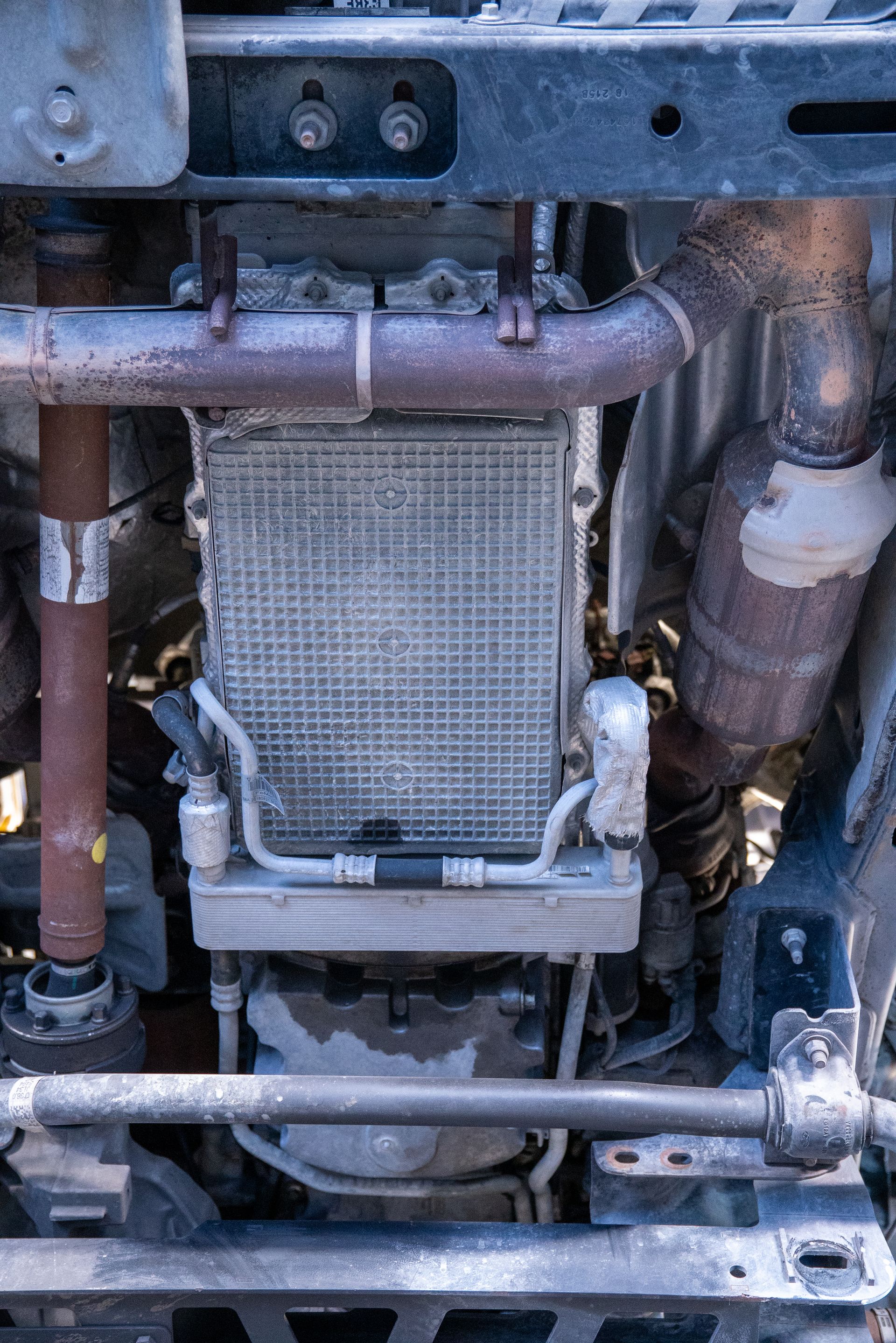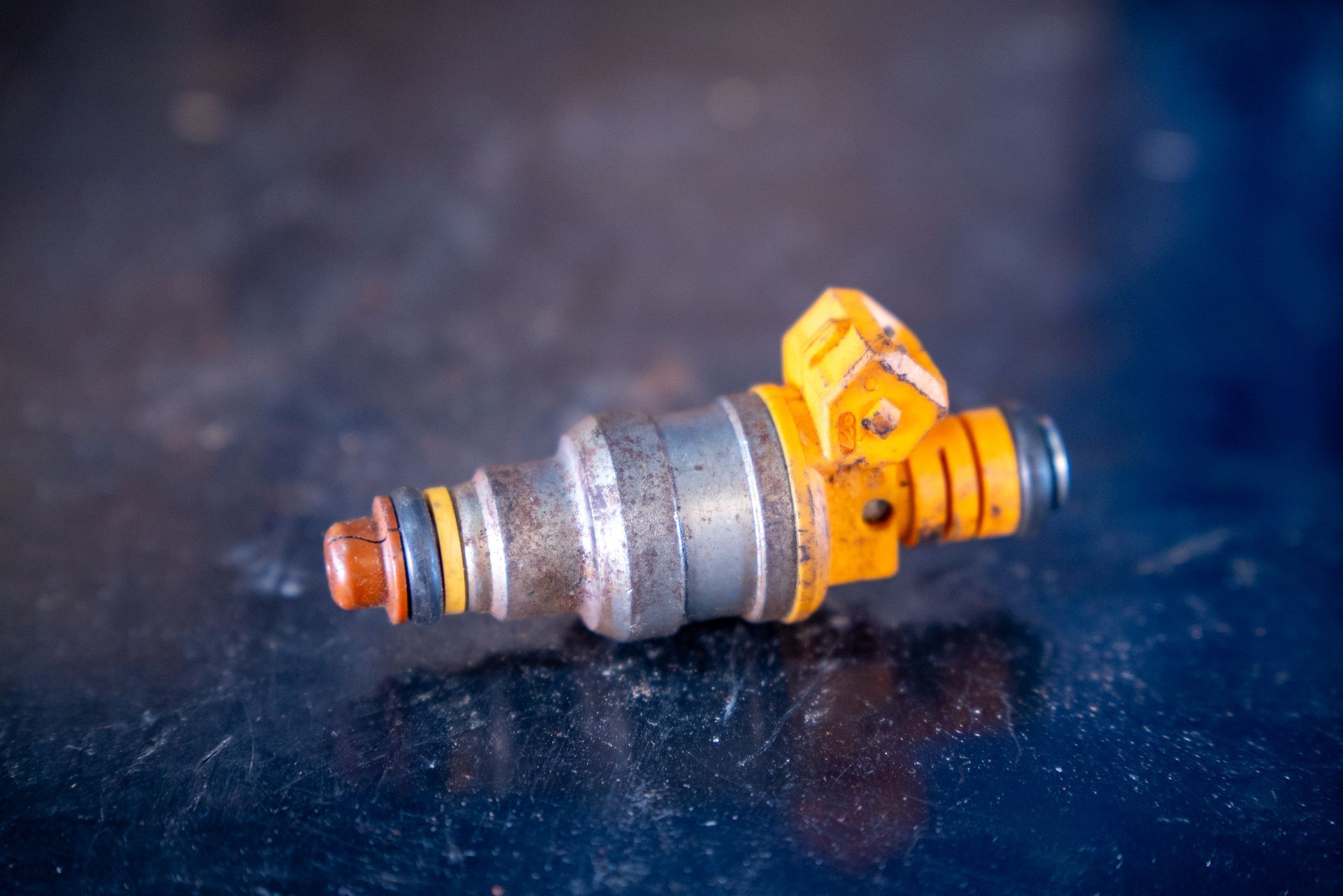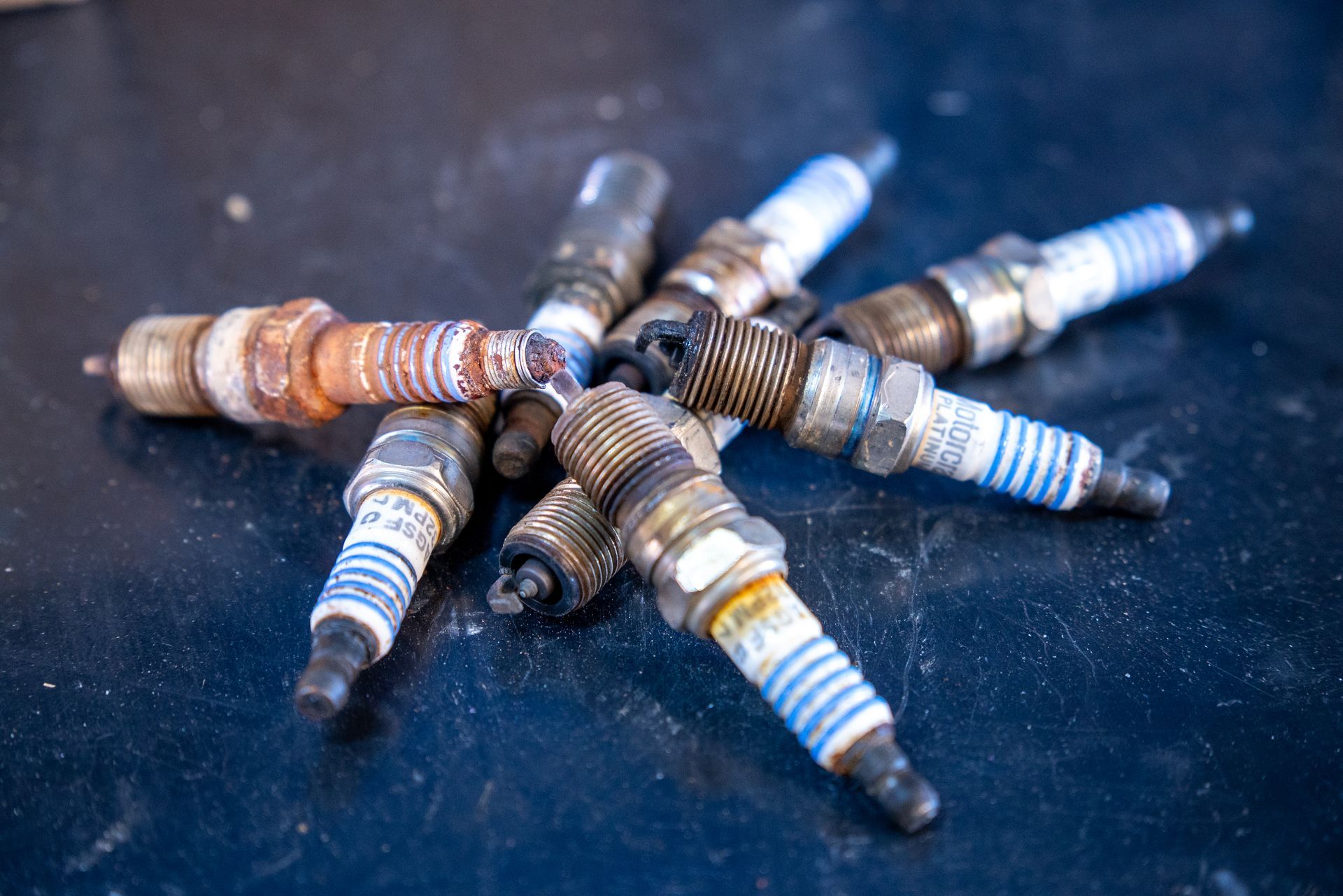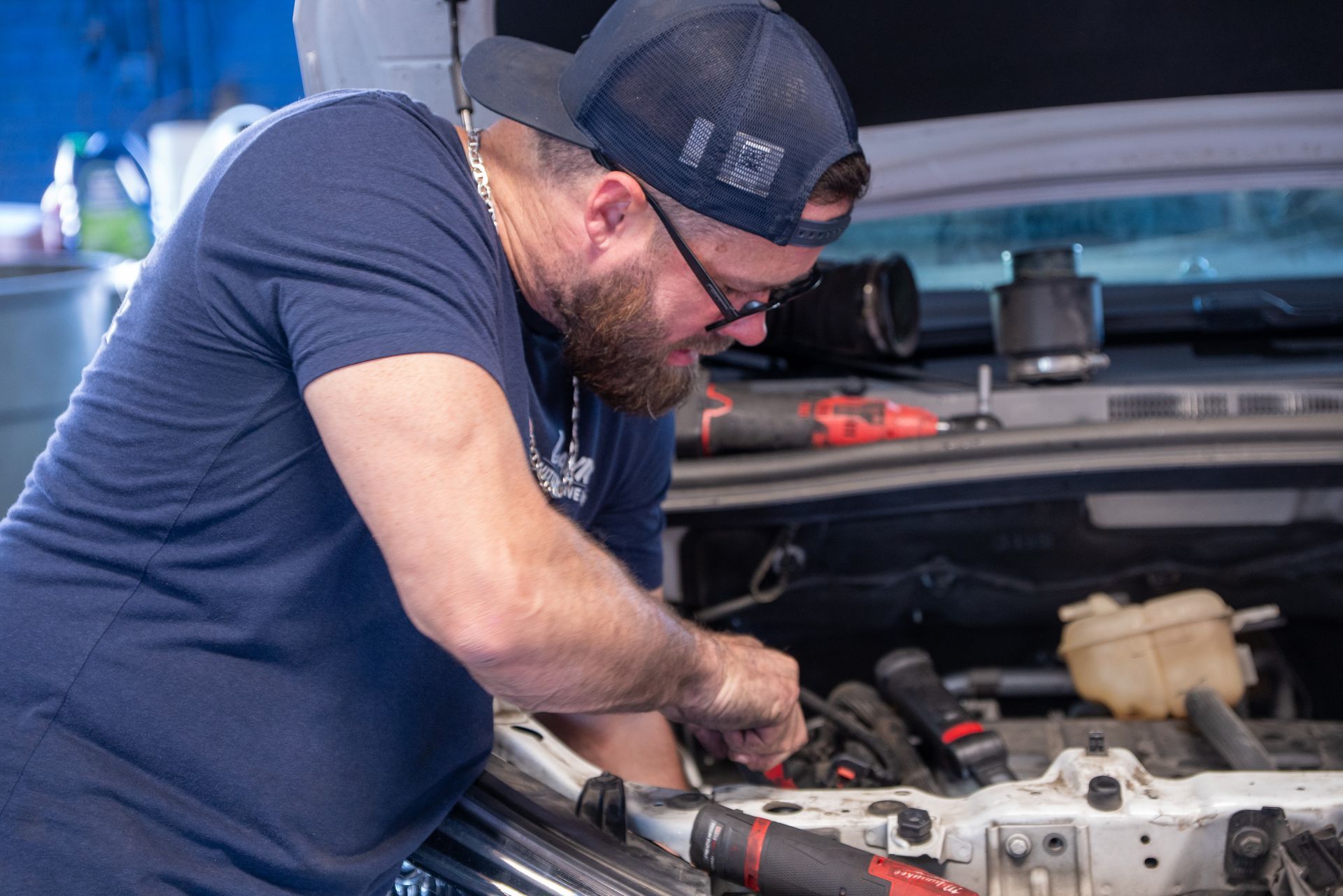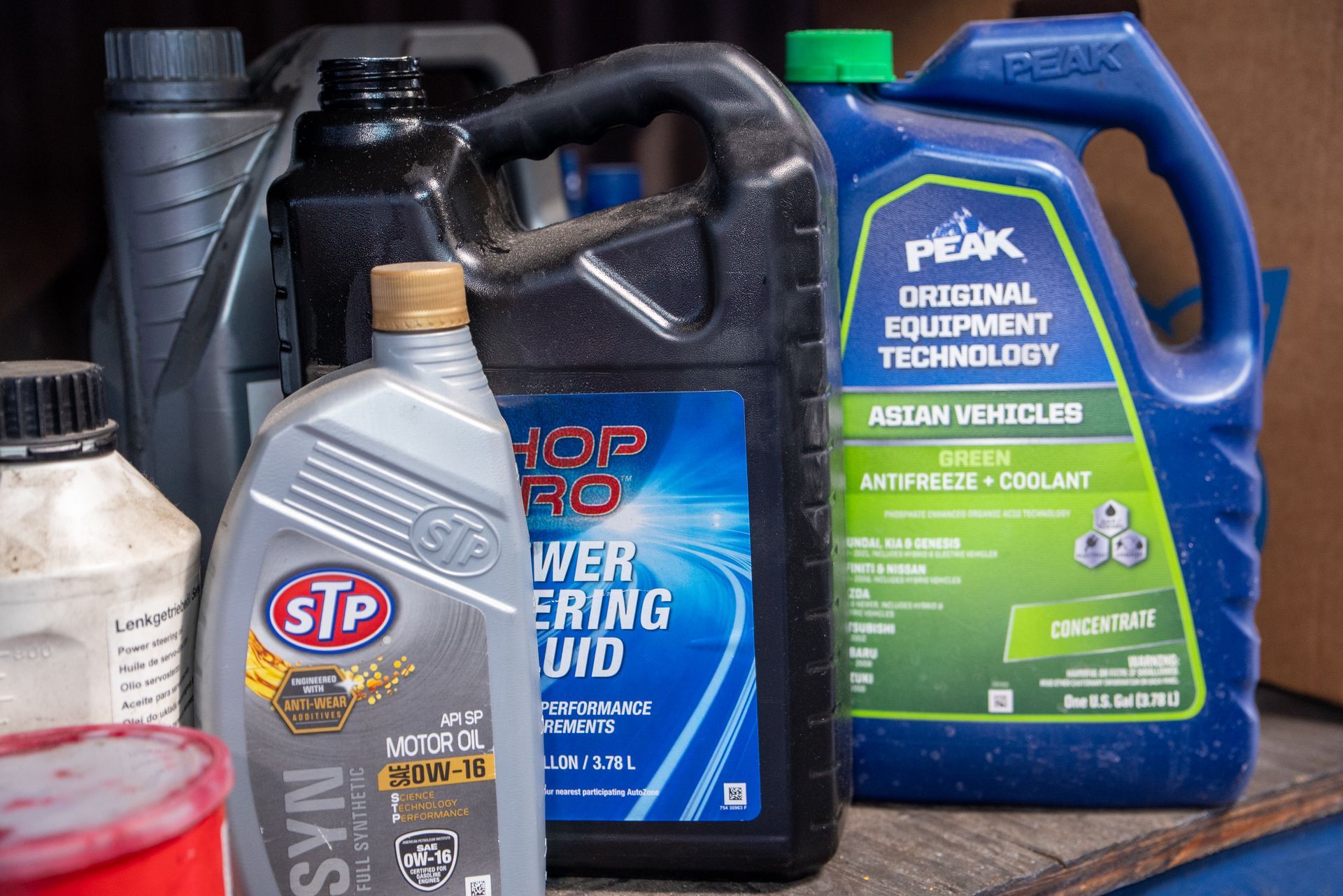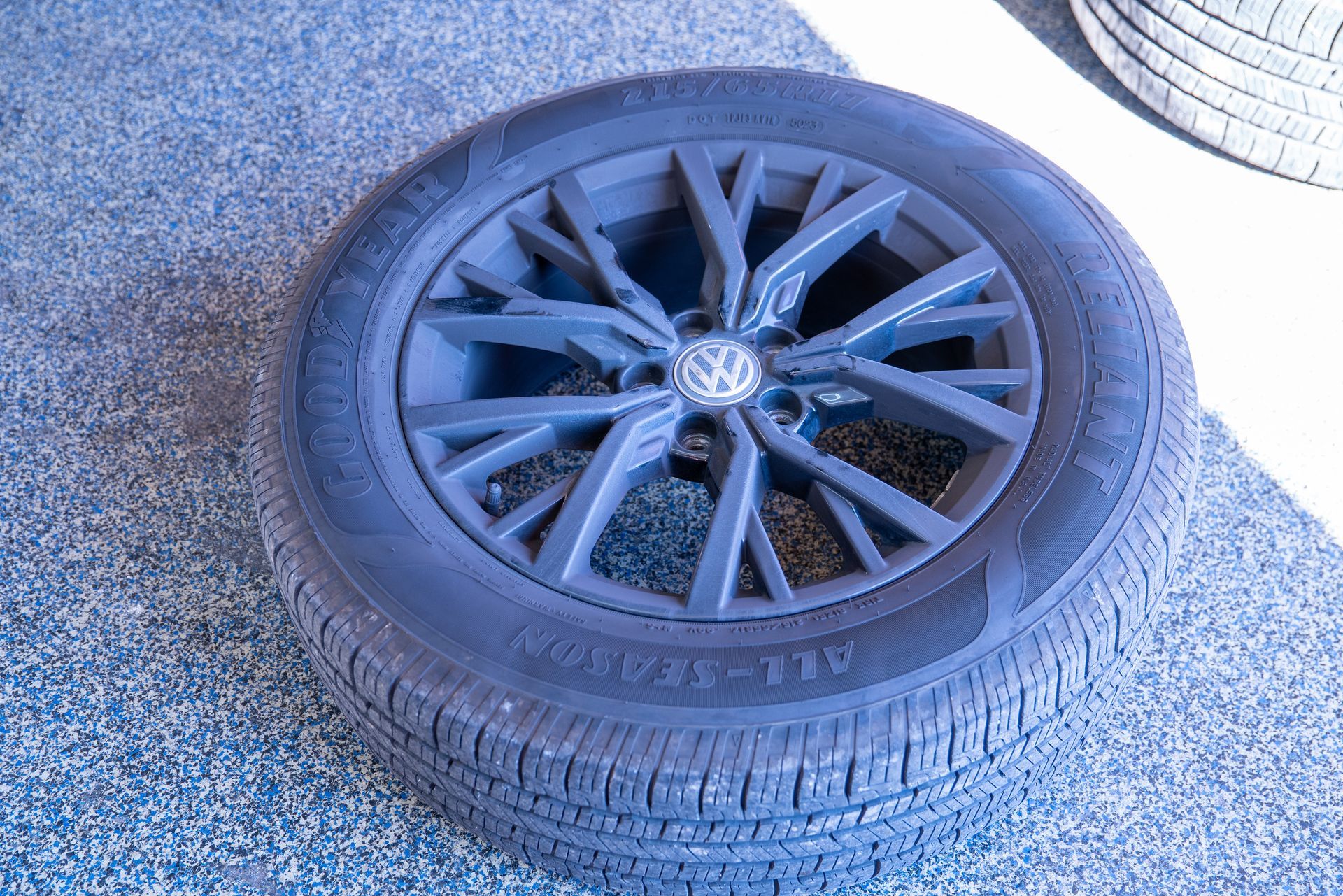When it comes to keeping your car running smoothly, the fuel pump is a crucial component.
This part is responsible for transporting fuel from the tank to the engine. Without a properly functioning fuel pump, your vehicle wouldn't be able to start or run efficiently. In this blog, we'll break down the two main types of fuel pumps: mechanical and electrical, and explain how each works to keep your vehicle in top shape.
A fuel pump is a vital part of your vehicle's fuel system. Its main job is to move fuel from the gas tank to the engine. This process ensures that your engine gets the right amount of fuel to operate efficiently. Depending on your car's make and model, you could have either a mechanical or electrical fuel pump.
Mechanical fuel pumps are commonly found in older vehicles. These pumps are powered by the engine's mechanical energy. Here’s how they work:
Location:
Mechanical pumps are usually mounted on the engine block or cylinder head.
Operation:
They use a diaphragm and lever mechanism. As the engine runs, the movement of the lever pumps fuel through a series of valves and filters.
Advantages:
They are simple and durable, often requiring less maintenance.
Disadvantages:
Mechanical pumps are less efficient and can struggle with high-performance engines or under extreme conditions.
Electrical fuel pumps are found in most modern vehicles. They are more advanced and offer several benefits:
Location:
Typically, these pumps are located inside the fuel tank.
Operation:
An electric motor drives the pump, which pushes fuel through the lines to the engine. This setup allows for a more consistent and reliable fuel delivery.
Advantages:
Electrical pumps are more efficient and capable of handling higher fuel pressures. They are also quieter and provide better fuel delivery control.
Disadvantages:
If an electrical fuel pump fails, it can be more challenging to diagnose and replace compared to a mechanical pump.
How to Tell If Your Fuel Pump Needs Attention
Whether you have a mechanical or electrical fuel pump, it’s important to be aware of signs that it might need repair or replacement:
Difficulty Starting:
If your car struggles to start or takes longer than usual, it could be a sign of a failing fuel pump.
Engine Sputtering:
A sputtering engine while driving could indicate that the fuel pump is not delivering a consistent flow of fuel.
Loss of Power:
If you notice a sudden loss of power, especially under acceleration, your fuel pump may not be supplying enough fuel.
Fuel Pressure Warning Light:
Some cars have a fuel pressure warning light on the dashboard that can indicate issues with the fuel pump.
Keeping Your Fuel Pump in Good Shape
To extend the life of your fuel pump, follow these tips:
Regular Maintenance:
Keep up with your vehicle’s regular maintenance schedule, including fuel filter replacements. A clogged filter can put extra strain on the fuel pump.
Use Quality Fuel:
Always use high-quality fuel and avoid running your tank too low. Running on empty can cause the pump to overheat and fail.
Listen for Unusual Noises:
If you hear a whining or buzzing noise from the fuel tank, have it checked out as soon as possible.
In conclusion, whether your car has a mechanical or electrical fuel pump, understanding how it works and recognizing the signs of trouble can help keep your vehicle running smoothly. If you ever experience issues with your fuel pump or need a replacement, don’t hesitate to visit us at David's Automotive Repair. We’re here to ensure your vehicle runs efficiently and reliably.
Have a Blessed Day,
The Team at David's Automotive Repair
